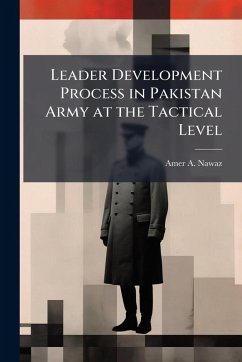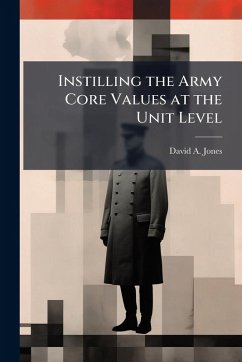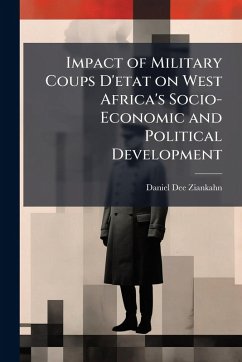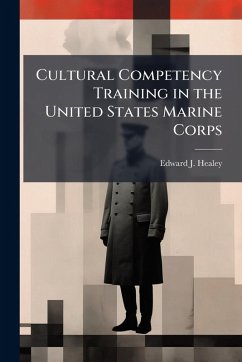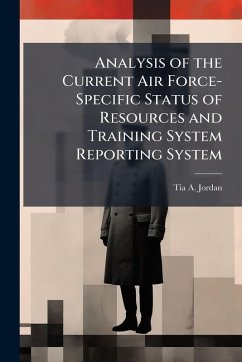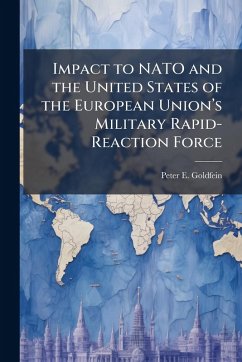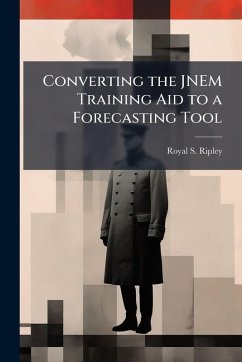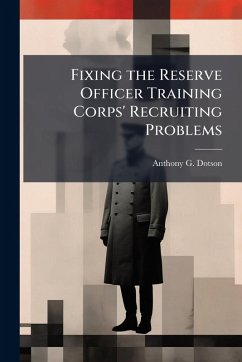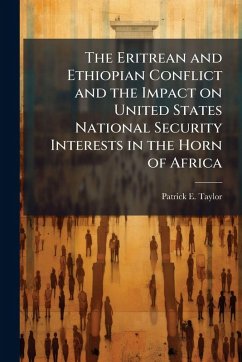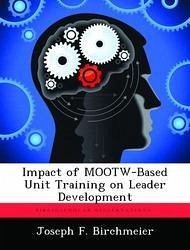
Impact of MOOTW-Based Unit Training on Leader Development
Versandkostenfrei!
Versandfertig in über 4 Wochen
15,99 €
inkl. MwSt.

PAYBACK Punkte
8 °P sammeln!
The end of the Cold War has dramatically changed the strategic environment within which the United States Army must operate. The threat of an attack by the Soviet Union into Western Europe no longer exists. The change in strategic environment has resulted in a change in the force structure of the United States Army. The Army has reduced its size by almost 40% in the last ten years, and whereas the Army used to rely on forward deployed forces to deter an attack by the Soviet Union, the Army now relies on force projection of forces from the United States to a crisis area. In addition to the chan...
The end of the Cold War has dramatically changed the strategic environment within which the United States Army must operate. The threat of an attack by the Soviet Union into Western Europe no longer exists. The change in strategic environment has resulted in a change in the force structure of the United States Army. The Army has reduced its size by almost 40% in the last ten years, and whereas the Army used to rely on forward deployed forces to deter an attack by the Soviet Union, the Army now relies on force projection of forces from the United States to a crisis area. In addition to the change in force structure, the end of the Cold War has brought about a change in the types of operations that the Army are most likely to participate in. In the past, the Army primarily concerned itself with preparing for operations such as JUST CAUSE and DESERT STORM. Increasingly however, the Army in recent years, had to primarily respond to stability operations in places such as Somalia, Bosnia and Kosovo. The issue that now confronts the Army is how to train its forces to be able to rapidly respond to the wide spectrum of potential operations. In response to this problem, the Army is reviewing its strategy for unit training based on a unit mission essential task list (METL) focused on warfighting tasks. One proposal is that in order to be ready, relevant, and responsive, the Army should consider changing to a unit-level training program that is focused on military operations other than war (MOOTW) tasks rather than warfighting tasks. This monograph looks at the impact that a shift from a warfighting-based METL to a MOOTW-based METL would have on the development of a company grade, combat arms officer. In order to evaluate this impact, this monograph first reviews the goals of the officer development process and focus on one pillar of the officer development process - operational assignments. Next, this monograph determines the skills required of a company grade officer and com This work has been selected by scholars as being culturally important, and is part of the knowledge base of civilization as we know it. This work was reproduced from the original artifact, and remains as true to the original work as possible. Therefore, you will see the original copyright references, library stamps (as most of these works have been housed in our most important libraries around the world), and other notations in the work. This work is in the public domain in the United States of America, and possibly other nations. Within the United States, you may freely copy and distribute this work, as no entity (individual or corporate) has a copyright on the body of the work. As a reproduction of a historical artifact, this work may contain missing or blurred pages, poor pictures, errant marks, etc. Scholars believe, and we concur, that this work is important enough to be preserved, reproduced, and made generally available to the public. We appreciate your support of the preservation process, and thank you for being an important part of keeping this knowledge alive and relevant.



